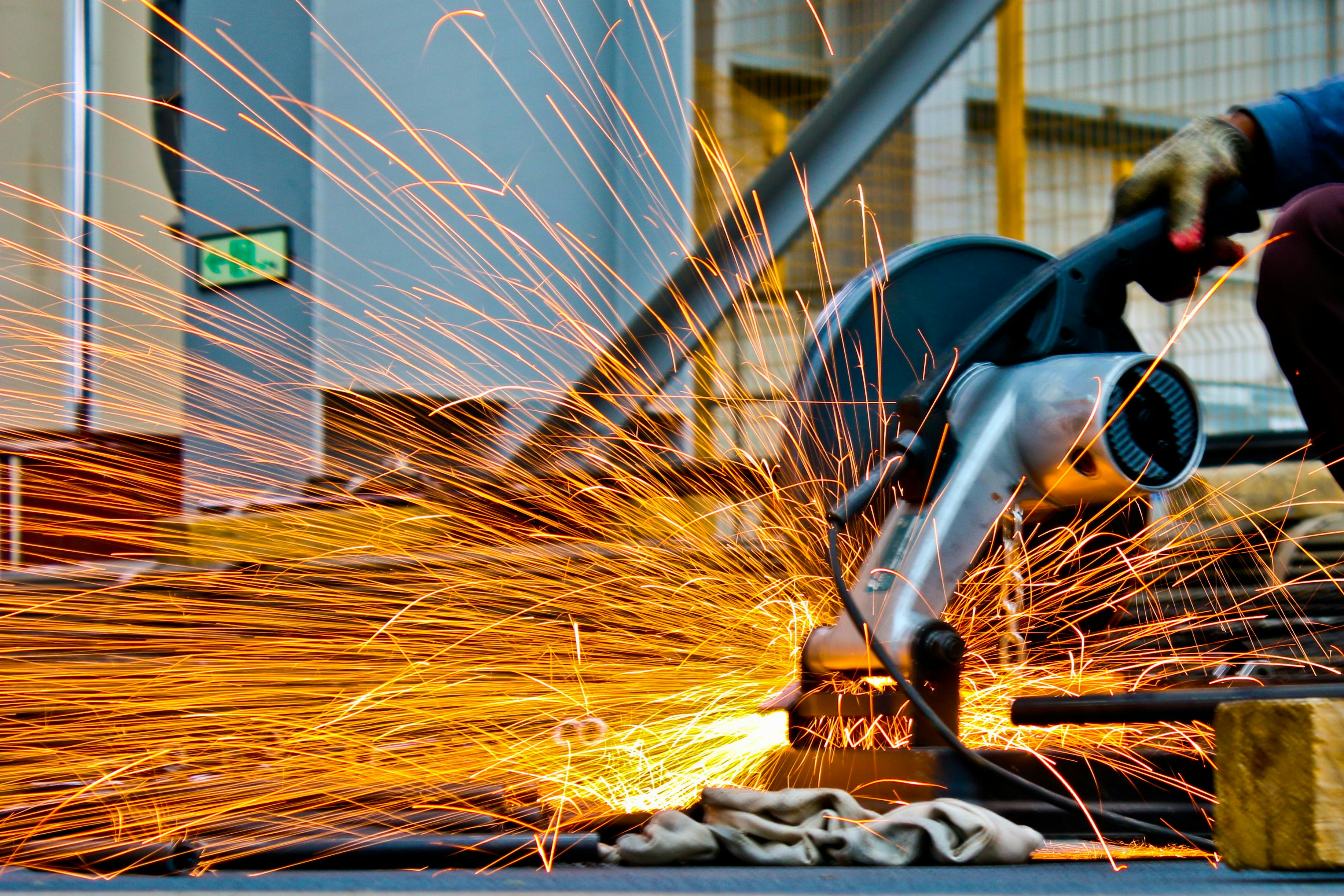Welding Company Jobs in Canada: Building a Strong Future
Welding offers a promising career path in Canada with diverse opportunities across industries. As infrastructure development continues and skilled trades face workforce shortages, qualified welders are increasingly in demand. Understanding the core responsibilities, growth factors, and essential skills can help aspiring professionals succeed in this dynamic field.

Welding represents one of Canada’s most vital skilled trades, combining technical expertise with hands-on craftsmanship to create and repair metal structures across numerous industries. The profession offers stability, competitive wages, and opportunities for specialization in a country where infrastructure development remains constant. From shipbuilding in coastal regions to pipeline construction across the prairies, welders form the backbone of Canada’s industrial and construction sectors. The demand for qualified professionals continues to grow as experienced welders retire and new projects emerge nationwide.
Main Job Tasks in Canadian Welding Positions
Welders in Canada perform a diverse range of responsibilities depending on their specific role and industry. The core duties typically include interpreting engineering drawings and blueprints to understand project specifications before executing precise welds using various techniques like MIG, TIG, or stick welding. Professionals must also prepare metal surfaces by cleaning, deburring, and aligning components for joining. Quality control forms another crucial aspect, with welders conducting visual inspections and sometimes using specialized testing equipment to verify structural integrity. Many positions also involve maintaining welding equipment, adhering to strict safety protocols, and documenting completed work according to industry standards.
Why the Welding Trade Is Growing in Canada
Several factors contribute to the expansion of welding opportunities across Canada. The country’s aging infrastructure requires significant maintenance and replacement, creating steady demand for skilled professionals. Major projects in energy, transportation, and construction sectors continue to emerge nationwide, from LNG facilities in British Columbia to manufacturing operations in Ontario. Additionally, Canada faces a significant demographic challenge as experienced welders reach retirement age, creating a skills gap that new entrants can fill. The federal and provincial governments have recognized this trend, implementing apprenticeship incentives and training programs to address workforce needs. Technological advancements in the field have also expanded applications for welding expertise, particularly in specialized areas like underwater welding and automated systems operation.
Skills That Canadian Employers Seek in Welders
Technical proficiency forms the foundation of a successful welding career, but employers increasingly value a broader skill set. Strong knowledge of different welding processes—MIG, TIG, flux-cored, and stick welding—remains essential, along with the ability to work with various metals and alloys. Physical stamina and manual dexterity are crucial for maintaining precision during long shifts, often in challenging positions or environments. Beyond technical abilities, problem-solving skills help welders troubleshoot issues that arise during projects, while attention to detail ensures quality and safety standards are met. Communication capabilities have grown increasingly important as welders frequently collaborate with engineers, inspectors, and other trades. Many employers also prioritize candidates with certification from recognized institutions like the Canadian Welding Bureau (CWB), as these credentials verify competency in specific processes and positions.
Education and Certification Requirements
Aspiring welders in Canada typically begin with formal education through community colleges, technical schools, or apprenticeship programs. These pathways provide the theoretical knowledge and practical experience necessary for entry-level positions. Most programs cover fundamental welding processes, metallurgy, blueprint reading, and safety protocols. The standard certification body is the Canadian Welding Bureau, which offers various levels of certification based on welding processes and positions. Many employers require at least CWB certification for structural welding positions, while specialized roles may demand additional qualifications. Red Seal certification represents another valuable credential, as it allows welders to work anywhere in Canada without additional testing. Continuing education remains important throughout a welding career, as new technologies and techniques continually emerge in the field.
Salary Expectations and Career Advancement
Welding offers competitive compensation that typically increases with experience and specialization. Entry-level welders in Canada generally earn between $18 and $25 per hour, while those with several years of experience and specialized skills can command $30 to $45 hourly. Location significantly impacts earnings, with remote areas and regions with high industrial activity often offering premium wages to attract qualified professionals. Career advancement opportunities are abundant for motivated individuals. Many welders progress to specialized roles in underwater welding, pipeline work, or aerospace applications, while others move into supervisory positions as foremen or project managers. Some professionals establish their own contracting businesses after gaining sufficient experience. The path to higher earnings typically involves pursuing additional certifications, developing specialized expertise, and demonstrating consistent quality work.
Prices, rates, or cost estimates mentioned in this article are based on the latest available information but may change over time. Independent research is advised before making financial decisions.
Workplace Safety and Environmental Considerations
Safety remains paramount in welding environments due to inherent hazards like intense heat, bright light, fumes, and electrical risks. Canadian employers must adhere to provincial occupational health and safety regulations, providing appropriate personal protective equipment and training. Professional welders typically wear flame-resistant clothing, specialized helmets with auto-darkening features, respiratory protection, and heavy-duty gloves. Environmental considerations have gained prominence in recent years, with increasing focus on managing fume extraction, proper disposal of materials, and energy efficiency. Many companies now implement sustainable practices in welding operations, from recycling metal scraps to utilizing newer equipment with lower environmental impacts. Understanding and implementing safety protocols not only protects individual welders but contributes to workplace efficiency and project success.
The welding profession in Canada continues to evolve with technological advances while maintaining its essential role in building the nation’s infrastructure. For those willing to invest in proper training and certification, the field offers stable employment with opportunities for specialization and advancement. As Canada continues its infrastructure development and industrial growth, qualified welders will remain vital contributors to the country’s economic strength and built environment.




